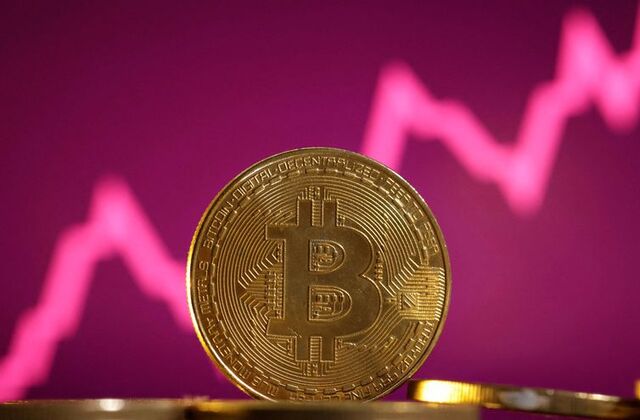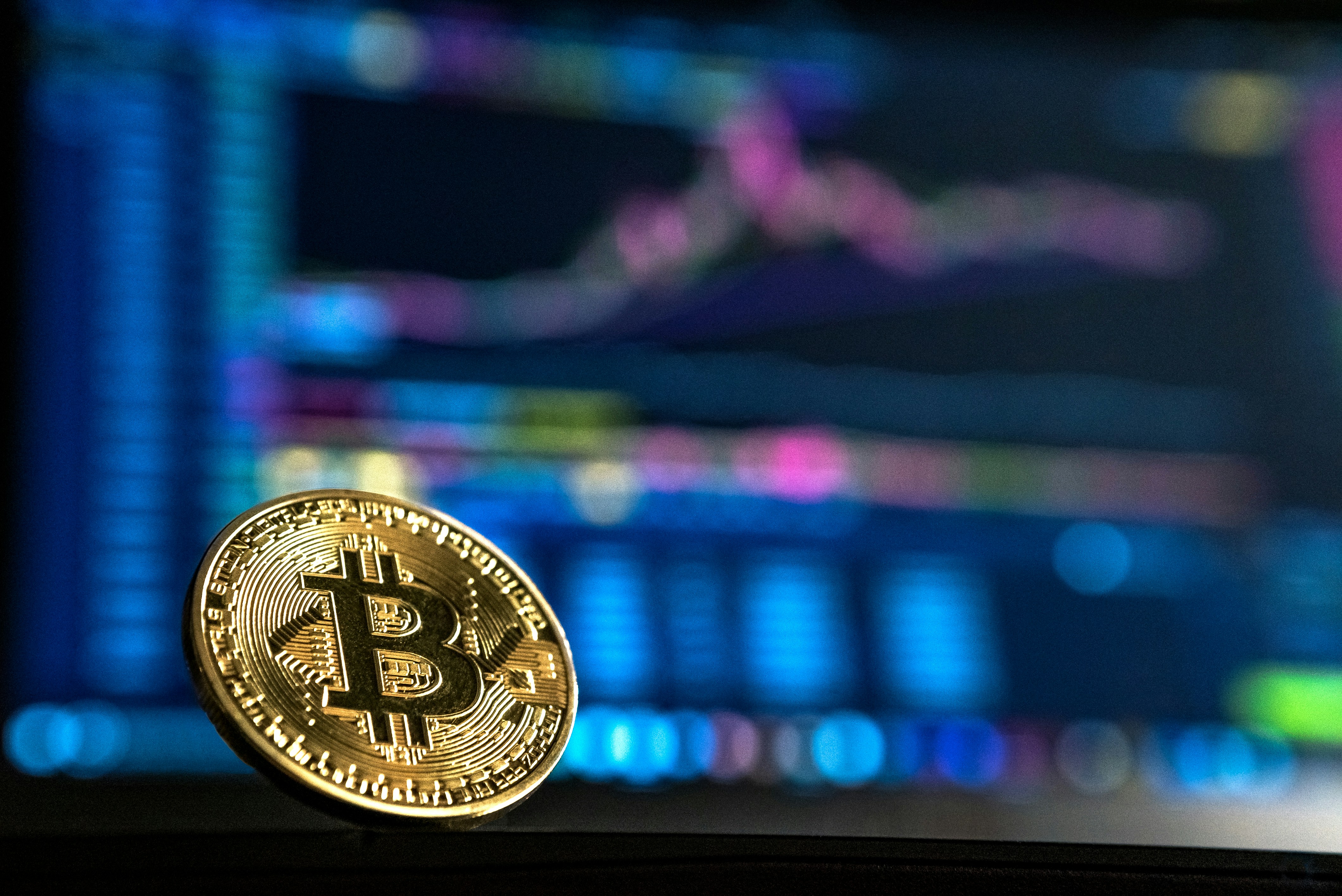Amid the spotlight on the spot ETF narrative, bitcoin's bullish case is silently supported by the US Treasury's recent decision to slow bond sales amid worsening economic and geopolitical issues.
Bitcoin's recent price surge to over $36,000 has been fueled by optimism about the approval of exchange-traded funds (ETFs), indicating growing mainstream adoption and potential for further growth in the cryptocurrency market.
The spotlight is on the spot ETF narrative, which is expected to bring billions of dollars into the market upon launch.
There are at least two other bullish, underappreciated tailwinds that support upside in cryptocurrencies. Let's discuss them in detail.
*U.S. Treasury’s refunding strategy
The U.S. Treasury regularly issues its plans for bond sales over three months in a "quarterly refunding announcement." However, markets have paid little attention to the announcement in recent years.
On November 1, the Treasury released its latest bond issuance, which was closely monitored by the markets amid concerns about an increase in longer-term bonds to handle the growing national debt.
If this had occurred, then the yield on the U.S. 10-year note, which is considered a risk-free rate of return, would have exceeded 5%. This would have discouraged investments in stocks, cryptocurrencies, and other assets. When there is less bond supply, it causes prices to increase and yields to decrease.
The Treasury confidently announced its reduced borrowing plan for Q4, as it plans to slow down the pace of 10-year and 30-year bond sales.
Furthermore, the yield on the 10-year note has decreased from 4.93% to 4.52%. It may continue to decrease in the upcoming weeks due to Treasury's reduced debt sales and optimism that the Federal Reserve's tightening cycle has come to an end. Last Friday, the U.S. nonfarm payrolls data failed to meet expectations, which has weakened the argument for further rate hikes by the Federal Reserve.
Safe-haven appeal
The term "safe haven" has various implications. Some people prefer digital bearer assets as they are less likely to be seized compared to fiat currency in a bank account or even gold, which can be difficult to transport. For others, the term "safe" refers to a confirmed hard limit on the supply, especially at times when governments may have no option but to dilute the value of fiat currencies.
According to Acheson, this is particularly relevant.
Bitcoin's value has increased by over 100% this year, which is consistent with its tendency to start new upward trends 12 or more months before a reward halving. The fourth halving is expected to occur in March or April 2024.
However, the current cycle seems to be different from previous ones, due to bitcoin's growing reputation as a safe-haven asset. Noelle Acheson, the author of the popular "Crypto is Macro Now" newsletter, stated this in an interview with CoinDesk.
In simpler terms, BTC tends to appreciate during economic and geopolitical crises, making it a safe haven asset.
Although the U.S. economy currently seems strong, it is becoming more probable that a slowdown may occur. The International Monetary Fund has recently lowered its global growth forecast for 2024 to 2.9% from its July projection of 3.0%. The IMF has expressed worries about geopolitical tensions, China's property market problems, and fluctuations in commodity prices.
The recent conflict in the Middle East suggests that the cold war between the US, China, and Russia may be intensifying. This could exacerbate economic issues, leading to increased demand for censorship-resistant assets like Bitcoin.








